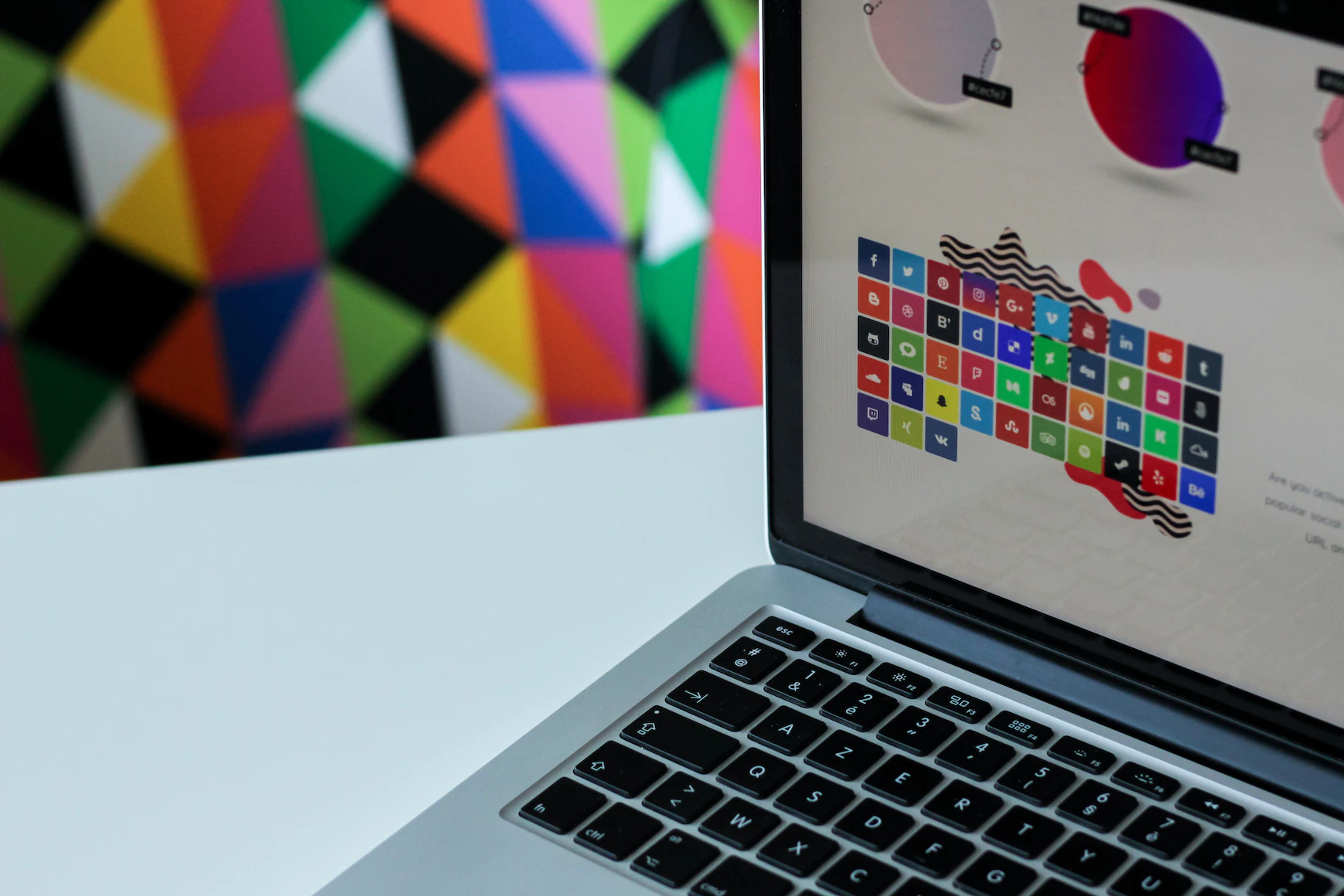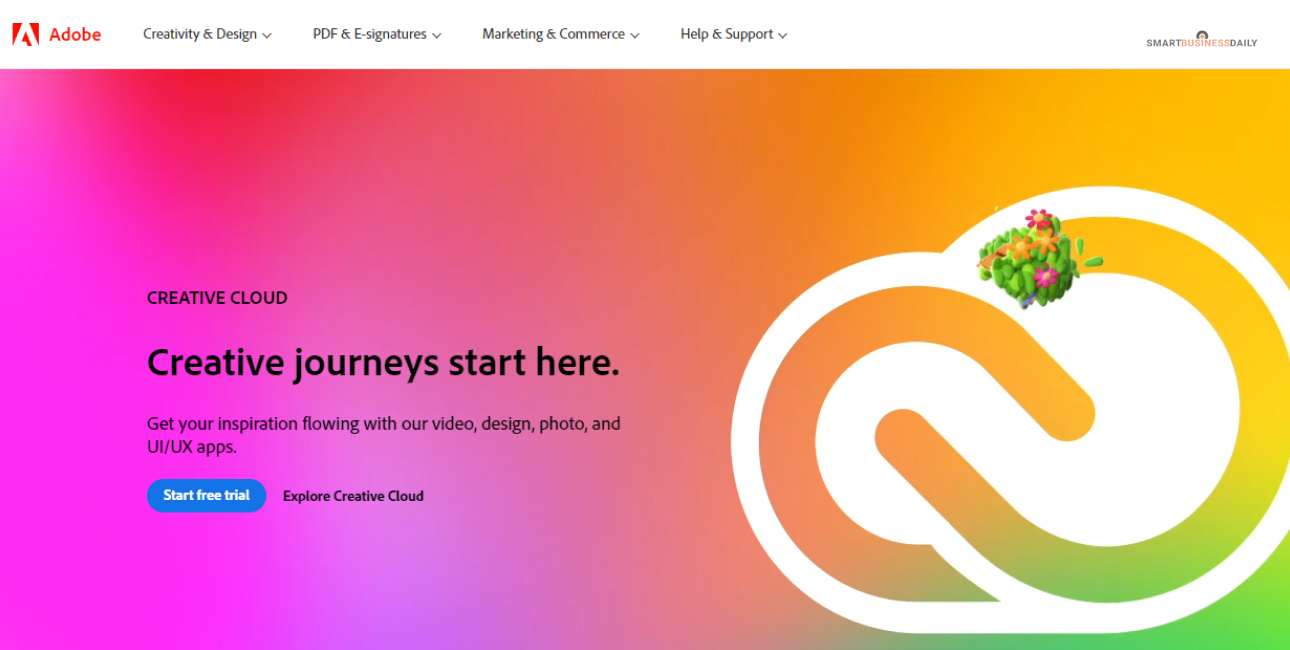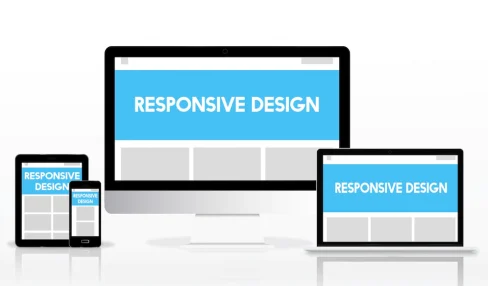UX/UI Design For Startups: Strategies For Success
5 Mins Read
Published on: 12 September 2023
Last Updated on: 09 November 2024

toc impalement
Success in the fast-paced startup industry frequently depends on an organization’s capacity for innovation, problem-solving in the real world, and outstanding customer experience. While revolutionary concepts and game-changing technology are frequently linked to startups, the importance of user experience (UX) and user interface (UI) design cannot be understated. In this post, we’ll look at the tactics companies may use to make sure their UX/UI design helps them on the road to success.
Why Is UX And UI Important For Startups?

Why do UI/UX design services for startups so important? Well, here’s the deal: When you kick off the development of your product with your tech team, they’re going to grill you about how your users will interact with your product and what you want it to visually convey. Having a solid grasp of these aspects beforehand can seriously streamline the entire development journey.
What Are The Challenges To The UX/UI Designs For The Startups?
In the business landscape dominated by companies’ efforts to ease the experience of the customers, organizations are trying their utmost to achieve it. Success depends quite a lot on your service to the customers. If you provide them with a quality product and good after-sales services, you can undoubtedly be at an advantageous position in the competitive market. However, there are challenges galore when considering UX/UI designs for startups. Let’s look at them here.
1. Issues With User Research
The UX designers are a kind of advocates for the needs of the product end-users. At the same time, they also oversee the working of the products to understand the users’ activities. Remember, user research is a significant process that brings a more user-friendly product. Yes, the platforms’ design to increase the customers’ ease is quite an important element. User research is highly sensitive to human factors.
One of the biggest issues that is related to recruiting the participants for interviews is that there are several criteria for selection. The UX designers need to go great lengths to conduct these interviews. Yes…it is a challenge, to say the least.
2. Tight Budgets And Deadline
The budgets are for the design and development of UI as it is indeed a matter of grave concern mainly for the stakeholders who are directly related to the design and development of these platforms. Budget and deadlines are one of the most important factors that help you determine your budget.
Many UX designers care for the project and thereafter advocate for the needs of the users. Therefore, one can say that finding the ways to pack as much value into the budget of a project can be challenging for many designers.
At the same time, some companies will not give a thumbs up and underrate the inputs of the designer. Synchronizing the needs and demands of the customer with the budget requirements is quite a difficult task. In a way, negotiating the budget to get the most out of the project is quite difficult. Yes, it is a challenge.
Strategies To Attain Success in the UX/DI industry
This section discusses the strategies for success in the UX/DI industry. So let’s get started!
Understanding Your User Base
A deep understanding of your target audience lies at the core of effective UX/UI design. For startups, it’s imperative to pinpoint the pain points, preferences, and behaviors of their users. This involves conducting meticulous user research, administering surveys, engaging in interviews, and conducting usability testing. By gaining profound insights into your users, you can tailor your design to cater to their specific needs and expectations.
Crafting A Seamless Onboarding Experience
First impressions hold immense weight, especially for startups looking to establish a foothold in the market. An intuitive onboarding experience can either propel your product’s success or hinder its growth. Begin by simplifying the registration process and offering clear, user-friendly guidance. From the outset, demonstrate the value of your product and proficiently guide users through essential features, ensuring that the initial setup is as smooth as silk.
Making Speed And Performance Paramount
The sluggish loading of websites or apps can swiftly alienate users, particularly in the cutthroat startup arena. Prioritize the optimization of performance within your UX/UI design. Employ image compression, minimize HTTP requests, and harness browser caching to guarantee swift loading times. Regularly evaluate your product’s performance and embark on improvements when necessary.
Establishing A Consistent Design Language

Uniformity in design holds the key to fostering trust and recognition. Forge a design system or style guide that meticulously delineates your brand’s visual elements, including color schemes, typography, and iconography. Uphold consistency across all touchpoints, spanning from your website or app to marketing collateral. This uniformity contributes to the establishment of a robust brand identity, ultimately enhancing the user experience.
Championing Accessibility
Accessibility isn’t merely an ethical obligation; it’s often a legal mandate in many regions. Ensure that your UX/UI design extends inclusivity to all users, including those with disabilities. Integrate features such as alt text for images, keyboard navigation, and easily readable text. Conduct thorough accessibility testing to identify and eliminate potential obstacles.
Maintaining A Competitive Edge
The importance of UX (User Experience) design in the area of corporate competitiveness cannot be emphasized. It is essential for empowering entrepreneurs to compete and stand out from the crowd by providing great customer experiences. In turn, this promotes brand awareness and establishes these startup companies as market leaders. Therefore, investing in UX design is not only a choice for those who are new to the business world; it is a must.
Consistent Brand Experience
In the field of user experience, consistency is crucial. Maintaining a consistent brand identity across all client touchpoints is crucial for startups since it determines whether they succeed or fail. The foundation upon which entrepreneurs may build consumer loyalty and trust is this unified brand experience.
Conclusion
UX/UI design is a powerful differentiator in the intensely competitive startup market. Startups may create experiences and products that profoundly connect with their target market by prioritizing user research, simplicity, mobile responsiveness, and continual development. Always bear in mind that great UX/UI design is a journey that evolves along with your startup’s user base and growth. Your company may find success in a crowded market by adopting a user-centric attitude and a firm commitment to design quality.
Read Also:


















Comments Are Closed For This Article